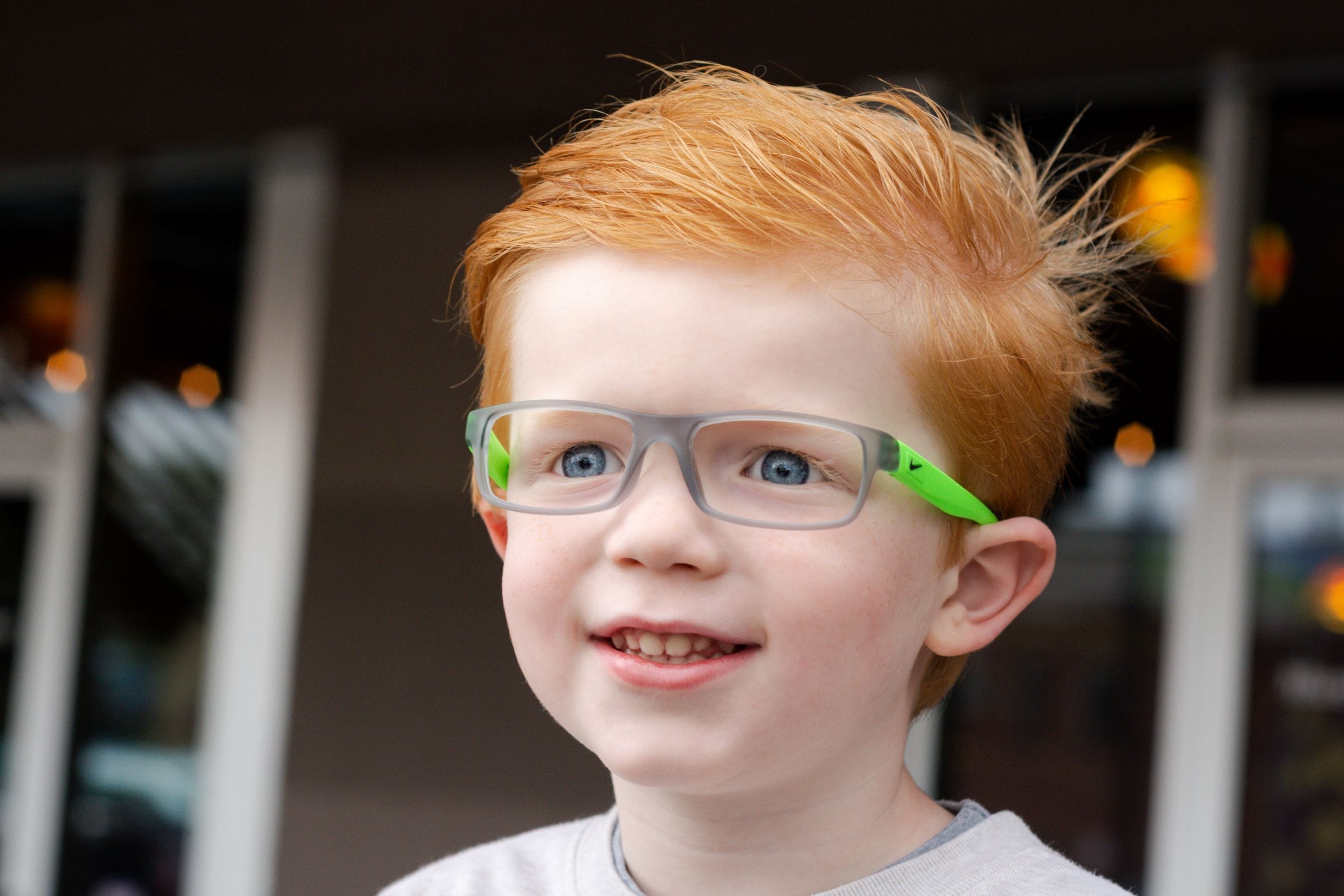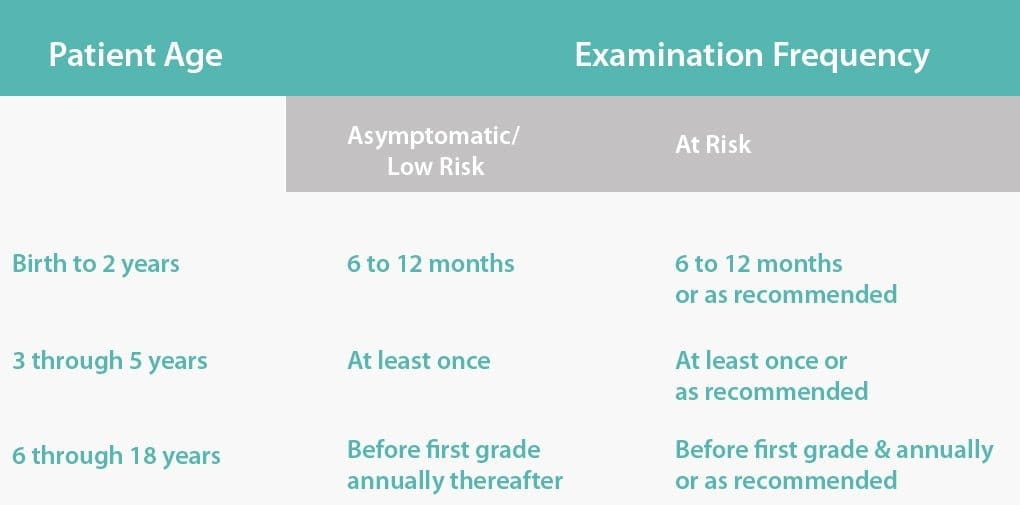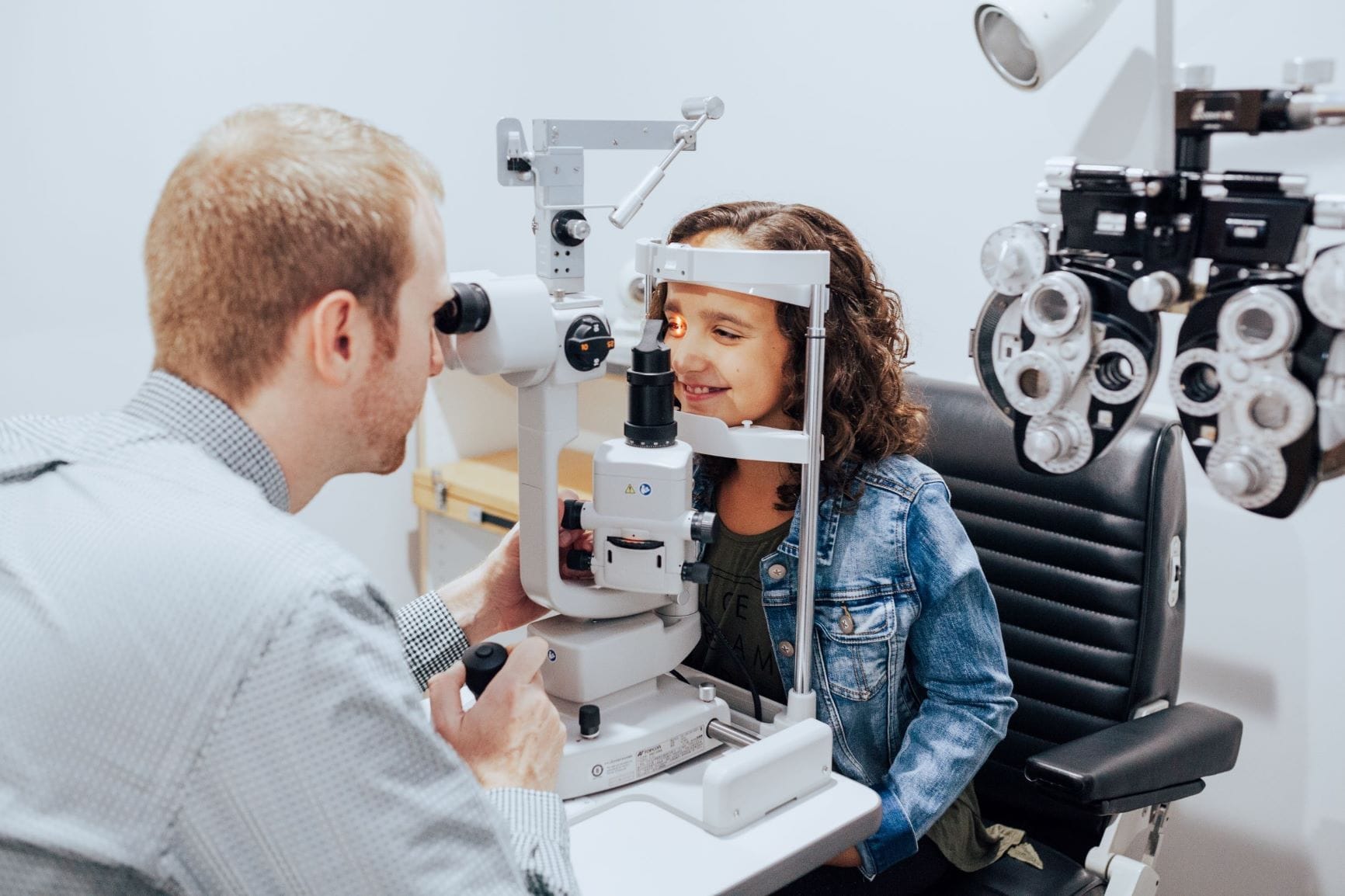With schools starting again soon, making sure your child is ready to take on a new year of learning starts with their vision. Did you know that one 1 in 4 children has an undetected vision problem that can hinder their performance in school? Ensuring your child has had good vision is crucial for successful learning and important for their overall eye health. A kid’s eye exam can detect and treat vision problems early.

How Often Should My Child Have An Eye Exam?
80% of learning occurs through the eyes, and if any visual skills are impaired it makes it harder for children to learn. As babies grow, pathways between the brain and eyes are developed. If there is a hindrance in vision, those pathways to the brain won’t be fully stimulated. The American Optometric Association recommends a comprehensive eye examination by 6 months and again at age 3.

Even if your child is at low risk for vision problems, a comprehensive eye exam should be given at least once between the ages of 3 and 5 years. As a child grows, vision can change even without noticeable symptoms so annual eye exams until the age of 18 are recommended. Your child’s school might offer vision screenings however, it’s still important to get an eye exam. Children can still pass a normal vision screening and still have vision problems.
Be Alert For Symptoms
- Squinting
- Headaches
- Eye Turns (when one or both eyes turns in, out, up or down. Due to poor eye muscle development)
- Avoidance of reading
- Struggle with written direction
- Eye Fatigue

Don’t Wait- Schedule A Kid’s Eye Exam Today
If your child suffers from any visual problems, they may have a harder time learning in school. Other physical problems could also develop, including control of eye position, movement and focus. Schedule an eye exam for your child at any age today.

